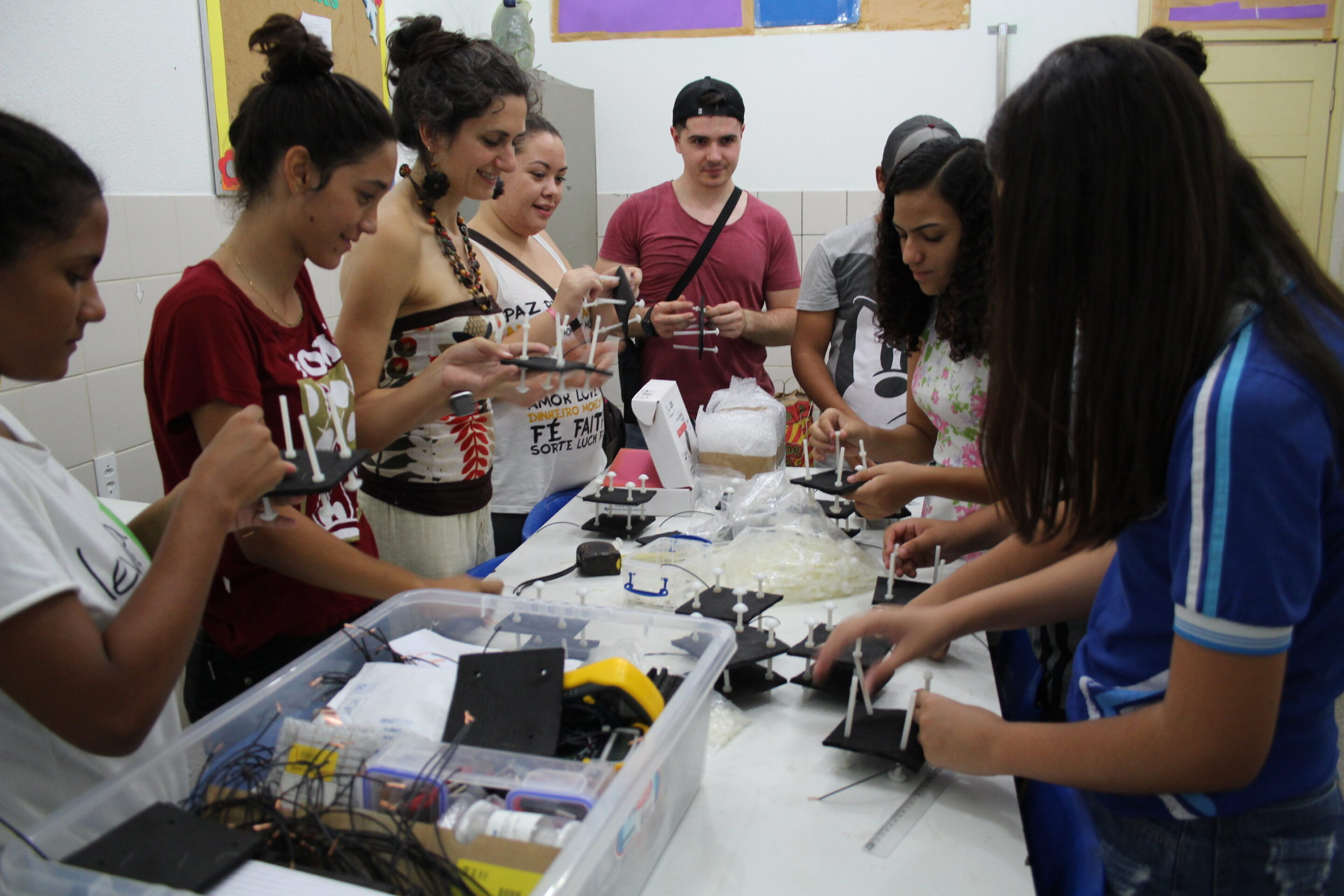A team of chemical and electrical engineers has demonstrated the potential of low-cost, simple "fuel cells"
The concept, already proven by experience, has beendemonstrated during field trials in northeastern Brazil. It turned out that SMFCs are capable of purifying about three liters of water per day, which is enough to meet a person's daily water needs.
The tests were carried out in Icapui, a fishing village,located in a remote semi-arid area where rainwater is the main source of drinking water and access to a reliable power grid is limited. Rainwater must be chlorinated to be drinkable. However, uncontrolled chlorination not only causes unpleasant taste and odor, but is also dangerous to human health. This is why local scientists were on the lookout for safe water purification methods.
SMFCs generate energy through metabolicthe activity of certain microorganisms (electrogens) naturally present in the soil, which are able to transfer electrons outside their cells.
The system itself consists of two carbonelectrodes located at a fixed distance from each other (4 cm) and connected to an external circuit. One electrode, the anode, is immersed in the soil, and the other, the cathode, is exposed to air on its surface.
Electrogenic bacteria fill the surfaceanode and, "absorbing" organic compounds present in the soil, they generate electrons. These electrons are transferred to the anode and travel to the cathode through an external circuit, generating electricity.
Scientists note that an important element of theirproject for safe and economical water purification is training in new technologies. Fieldwork was carried out with primary school students and their teachers in the problem region of Icapuí, Brazil. They were trained in the operating principles, installation and maintenance of the system.
 EEF students Professora Mizinha from Icapuí Primary School, Brazil, learn about the fuel cells of soil microbes. Credit: University of Bath
EEF students Professora Mizinha from Icapuí Primary School, Brazil, learn about the fuel cells of soil microbes. Credit: University of Bath
Read also
The annual mission in the Arctic has ended and the data are disappointing. What awaits humanity?
Scientists have found out why children are the most dangerous carriers of COVID-19
Nest of Asian killer hornets found and destroyed in the USA